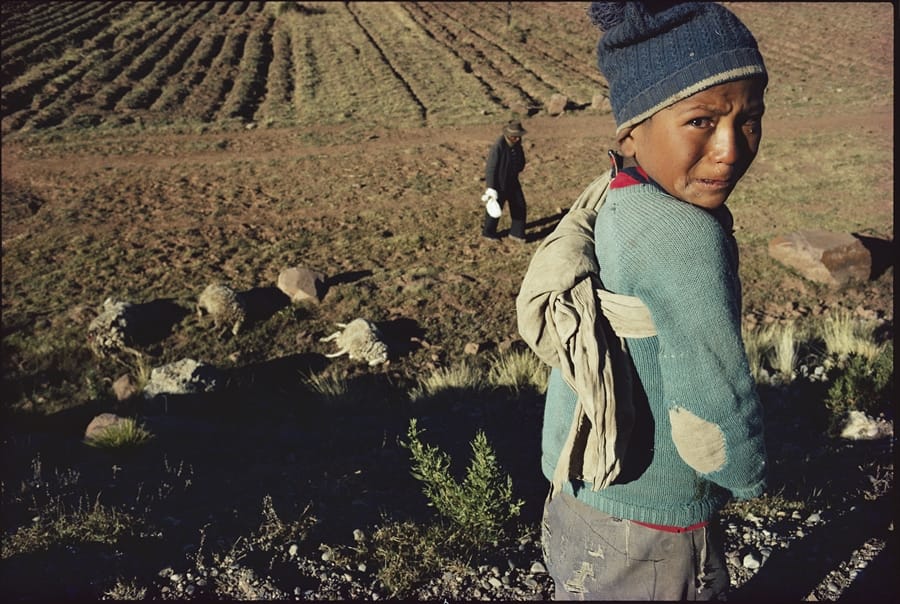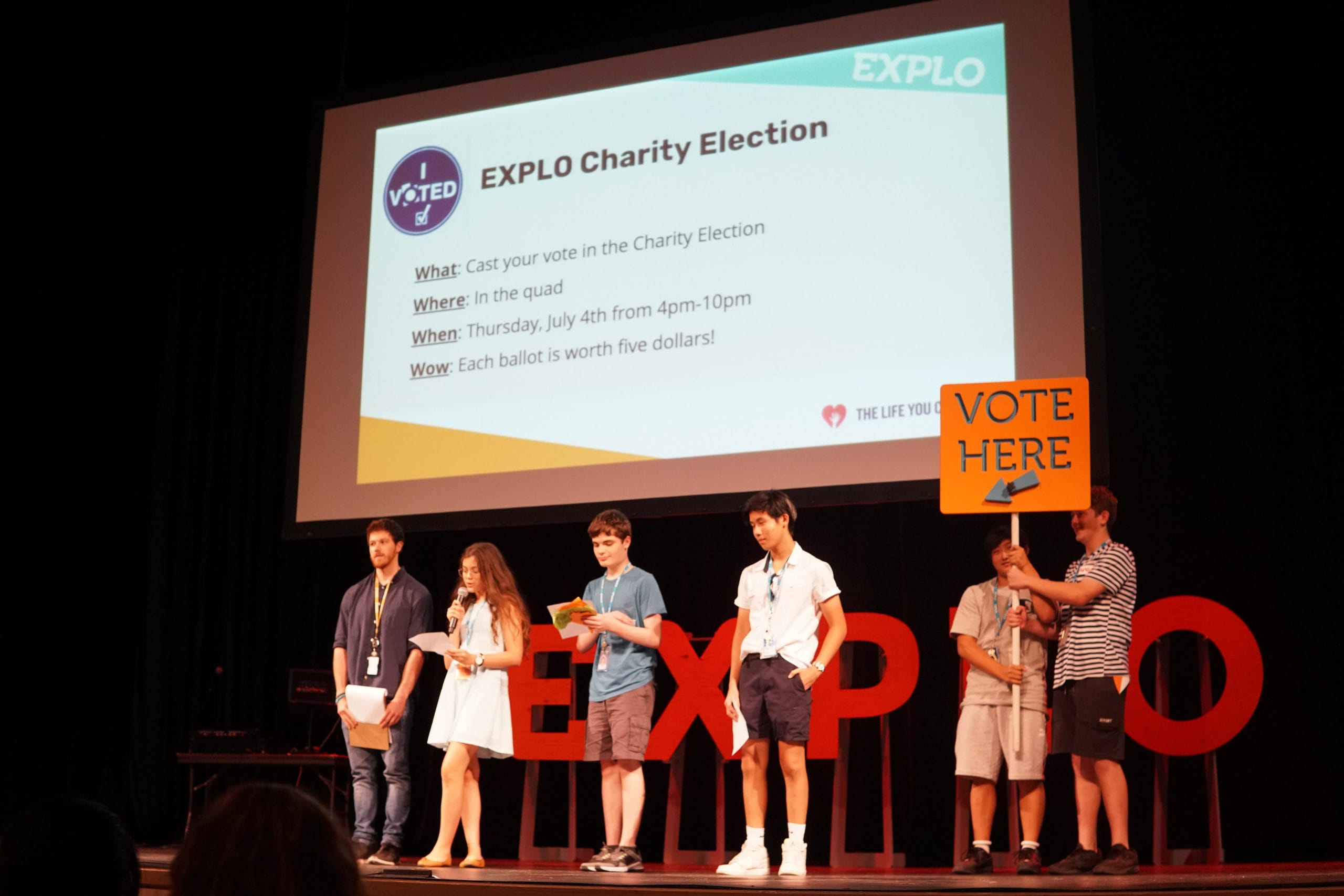On a calm, sunny late afternoon in 1981, nine-year-old Eduardo Ramos was herding his family’s flock of a dozen sheep down a rural road near Puno, Peru. Suddenly, a speeding taxi appeared around the bend. It plowed into the sheep and continued on its way, leaving five dead sheep and a devastated boy behind.
The next car to arrive at the scene carried a National Geographic photographer, William Alfred Allard, and his assistant, who were on assignment in Peru. Allard took several photos, capturing Eduardo in his grief, and moved on.
National Geographic published Allard’s photos a year later in an article on life in Peru. With no prompting from the magazine, Allard, or anyone else, readers opened their wallets. Envelopes with checks enclosed flowed into the magazine’s headquarters in Washington, D.C., requesting that the money be used to replace Eduardo’s sheep. According to Allard, readers ultimately gave nearly $7,000 (close to $18,000 in today’s dollars), enough to replace the Ramos family’s sheep, install a water pump in their village, and fund a program for Andean schoolchildren.
The Identifiable Victim
Eduardo’s story is a touching example of unsolicited generosity, of people who dug into their pockets to help a boy they didn’t know and would never meet. It’s also a classic illustration of the “identifiable victim” effect. Humans are more emotionally affected by single victims we can identify as individuals than by large numbers of faceless victims. Joseph Stalin put it succinctly: “The death of a single Russian soldier is a tragedy. A million deaths is a statistic.”
Social scientists and biologists have investigated this effect and its neurological underpinnings. One study confirmed that we respond most strongly to individual victims: even if we can see the faces of all the people who are affected, we are still apt to give more to help a single victim than to help many.
For certain types of charities, the identifiable victim effect is a blessing; for others it’s a curse. Some of the world’s most effective charities don’t even work with victims: they prevent them. For example, when you give to the Against Malaria Foundation (AMF), you’re funding the purchase and distribution of bednets that prevent individuals from being bitten by mosquitoes, reducing the number of people who contract malaria (and, by extension, the number who become seriously ill or die from it, particularly children and pregnant women). But AMF can’t win your donations by showing you a photo of a suffering child who’s been stricken with malaria, with a plea for your help—their photos are of poor but smiling men, women, and children receiving and using nets that they would otherwise not have access to. Similarly, charities such as Innovations for Poverty Action and Evidence Action’s “Beta” program develop and test interventions that can prevent diseases and improve lives of thousands and even millions of people living in extreme poverty, but for the most part they don’t work directly with victims. Their insights are used by other, hands-on organizations that deliver the interventions, but that hands-on work might never have happened without the research that paved the way for impact. To encourage you to give, they need to appeal to your rational mind, not just your emotions.
The Lives Behind the Statistics
It’s harder to sell prevention than a cure. The National Geographic readers who gave to Eduardo’s cause had the satisfaction of seeing a photo of him in a subsequent issue of the magazine, smiling broadly and holding one of his new sheep. They could see exactly what their money accomplished; they fixed his problem. In contrast, I have no idea if any of the more than 10,000 nets I’ve funded through the Against Malaria Foundation has actually saved a life or prevented someone from getting malaria. All I can cite is statistics and probabilities, based on the prevalence of malaria in the areas where my nets were distributed, the disease’s effect on mortality, and data on the effectiveness of bednets.
Statistics and probabilities may not pack much emotional wallop, but there are real lives—and faces—behind the numbers. The same $18,000 that was raised for Eduardo’s sheep could protect nearly 11,000 people from malaria and save six (human) lives. It could provide 900 years of healthy life to audiences of Development Media International’s mass media campaigns. It could deworm 180,000 children or provide safe water to 20,700 community members for a year. Those figures represent living, breathing beings: each individual is someone’s child, someone’s mother or father, someone who matters. If you think past the numbers to the people they represent, the emotional impact of helping those we don’t see can be huge.
This is not to say that National Geographic readers were wrong to buy Eduardo a new flock of sheep. What they did was only human. All research to date suggests that an emotional desire to help identifiable victims is hardwired into our psyches; it’s not good or bad, it just is.
At the same time, it’s clear that we can increase the impact of our giving by looking beyond identifiable victims. If we agree that all lives have equal value, it follows that we should use our giving to save or improve as many lives as possible—regardless of whether we can see their faces.



